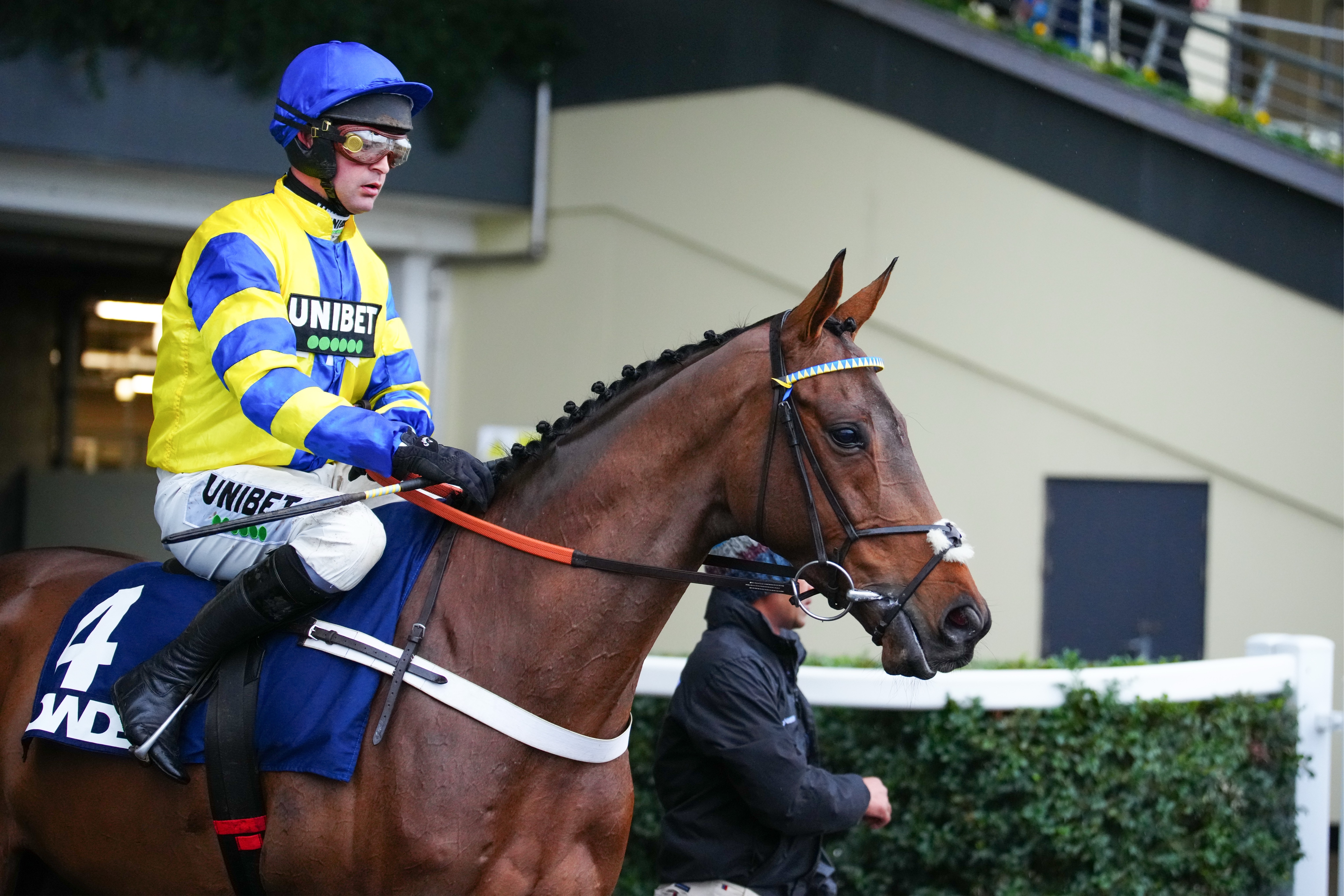MINIMISING RISK IN HORSERACING WITH DATA AND RESEARCH
Risk exists in every sport, but British racing is clear in its vision to reducing avoidable risk as far as possible. At the heart of this lies new data and technology.

Through continuous investment in safety and facility improvements, the number of horses fatality injured in British racing has reduced to 0.2% of nearly 90,000 yearly runners. But every horse matters.
That’s why in 2018 the sport began developing a data-led risk model, now a powerful data and epidemiological tool known as the Racing Risk Models (RRM). Jointly led by the British Horseracing Authority (BHA) and the sport’s independently-chaired Horse Welfare Board with funding from the Racing Foundation, the RRM has a clear focus – to increasing understanding of risk factors for fatalities and long-term injuries on British racecourses.
But all this data is of little use without effective analysis. To this end, the RRM is produced by the Royal Veterinary College (RVC) as part of a long-term collaborative partnership with British racing. Not only does this harness the RVC’s world-leading researchers and expert data-analysts, but it allows independent analysis of the data from outside of the sport. This scientifically rigorous process enables racing’s leadership to make evidence-based decisions based on strong, indisputable data.
How does it work?
There are a huge number of variables in racing from a horse’s age and experience to the race distance, ground and field size, as well as jockey and trainer experience, among many others. The challenge is to find the facts within the many variables, in this case correlations and patterns that increase risk.
The RRM uses data spanning 14 years to identify these risk-related patterns and to spotlight significant risk factors for horses through multi-variable analysis and a highly-scientific and rigorous process.
By doing this, the RVC’s expert researchers can develop predictive models to potentially identify how injury and fatality rates might be affected by individual factors.
The findings are then analysed and assessed by British racing’s Equine Safety Group (ESG), a panel of experts from across British racing including owners, trainers, jockeys, racecourses, veterinary and safety advisors and internal data analysts.
Collectively, this group apply deep practical knowledge to make recommendations to the sport as to further research or analysis, consultation procedures or proposals for change.
In 2023, the model was expanded to include flat racing data alongside the 400,000 jump records already analysed as part of the ongoing project.

What does the RRM tell us?
As new data emerges and future race starts are analysed, the RVC and ESG will continue to explore risk factors, their associations and potential recommendations for the future.
But the RRM is already providing us with practical ways we can use the information to eliminate risk in racing. For instance, the RRM shows that 38% of all fatalities in jump racing are associated with a fall. While the link between falls and injuries is already well established, this quantifiable figure paves the way for future analysis into reducing falls and therefore reducing fatalities. In June 2024, the ESG commissioned a further one-year study with the RVC to investigate falls in more depth.
The RVC’s modelling has also shown has showed the use of One-Fit Padded Hurdles could contribute to reducing the risk of horses falling by 11%. As a result, British racing has committed to replacing all traditional birch hurdles with One-Fit Padded Hurdles at all racecourses by 1 October 2026. The staging of the 2025 world-famous Randox Grand National Festival at Aintree Racecourse and the Cheltenham Festival will all be run over One-Fit Padded Hurdles.
Other areas of ongoing research informed by the RRM include reviewing horses who fall more than once in a given timeframe, a review of ‘tight’ tracks, the impact of field sizes, ground and going, race value, horse age, country of origin, and a review of maiden and novice races.
Additionally, there is scope to include other horse-related factors not yet considered in the current model such as a horse’s training, medication, and injury history. By combining the data on all aspects of a horse’s preparation alongside the race itself, the RRM will become an increasingly powerful risk-mitigation tool.

An industry united
British racing will always strive for the highest equine welfare standards and to reduce risk to its equine athletes. The use of data and the RRM forms just one part of British racing’s ongoing and unwavering commitment to improving safety and welfare. The sport’s Horse Welfare Board has delivered eight major projects in welfare with 12 actively progressing, stemming from the sport’s ‘A Life Well Lived’ strategy published in 2019.
The RRM sits within the core pillar of safety. Projects and developments within this pillar have ranged from the changing of all obstacle markers from orange to white, improvements to obstacle design and placement, the development of a Fatality Review process which holistically reviews every racecourse fatality, improved transparency around risk through the HorsePWR campaign, the publishing of euthanasia guidelines and more.
For more information and the facts on risk within British racing, visit HORSE PWR - The Facts.